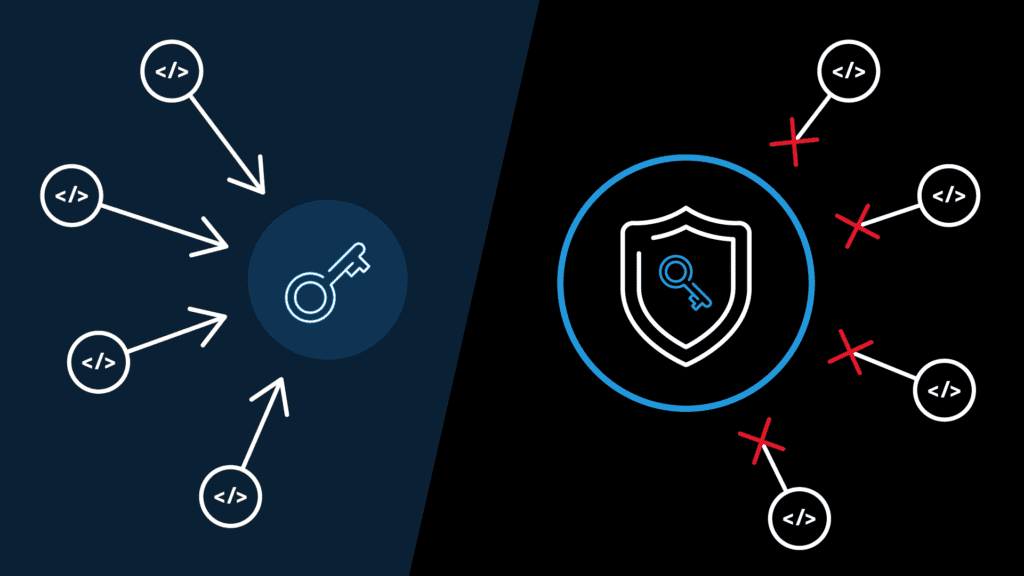
Cloud identity and access management (Cloud IAM) is an essential part of Information Technology that has become more prominent as organizations move to cloud-based solutions. Cloud IAM involves managing access to cloud resources and services in a secure and efficient way. However, this is not an easy task, as there are many challenges that arise in Cloud IAM. This article will discuss the main challenges and how to address them with strategic approaches.
Managing Access in Multi-Cloud Environments
One of the main challenges in Cloud IAM is dealing with multi-cloud environments. Organizations often use services from different cloud providers, which leads to a lack of consistency and coherence in security policies and mechanisms. This makes it hard to manage access across platforms and increases the risk of security breaches.
Strategic Approach: A possible solution is to implement a centralized access management system that provides a single point of control and visibility over multiple cloud environments. This approach simplifies management and ensures uniform application of security policies.
Dealing with Evolving Threats and Insider Risks
Another challenge in Cloud IAM is coping with the changing threat landscape and the risk of insider attacks. Whether malicious or unintentional, insiders can pose a significant threat to cloud security. The challenge is to balance the need for access with the potential risk each access point poses.
Strategic Approach: A recommended strategy is to adopt a zero-trust model, where no one is trusted by default, and verification is required from everyone who tries to access resources in the network. Regular audits and monitoring of user activities can also help in detecting any suspicious behavior.
Complying with Data Protection and Privacy Regulations
Compliance with various data protection and privacy regulations, such as GDPR, HIPAA, and others, is another challenge in Cloud IAM. Each regulation has its own set of requirements, and non-compliance can result in severe penalties.
Strategic Approach: An effective strategy is to integrate compliance requirements into the design of the cloud access management system. Automated compliance tools can help in continuous monitoring and reporting, ensuring that the organization stays compliant with various regulations.
Reducing Identity and Access Management Complexity
As the number of cloud services and users grows, managing identities and access rights becomes more complex. The risk of over-privileged and orphaned accounts is high, leading to potential security breaches.
Strategic Approach: Implementing a robust IAM solution with features such as role-based access control (RBAC), least privilege, and regular access reviews can mitigate these risks. Automation in the provisioning and de-provisioning of access rights can also reduce the administrative burden and error margin.
Integrating with Existing Systems
Integrating cloud access management solutions with existing on-premises systems is another challenge. This integration is important for maintaining a seamless workflow and security posture.
Strategic Approach: Selecting cloud access management solutions that offer compatibility and easy integration with existing systems is essential. API-driven approaches can facilitate smoother integration and ensure that security policies are consistently applied across cloud and on-premises environments.
Conclusion
Cloud identity and access management is a complex and challenging domain, but organizations can overcome these challenges with strategic approaches. By implementing a centralized, zero-trust, compliant, robust, and integrated cloud access management system, organizations can achieve more secure and efficient cloud environments.



